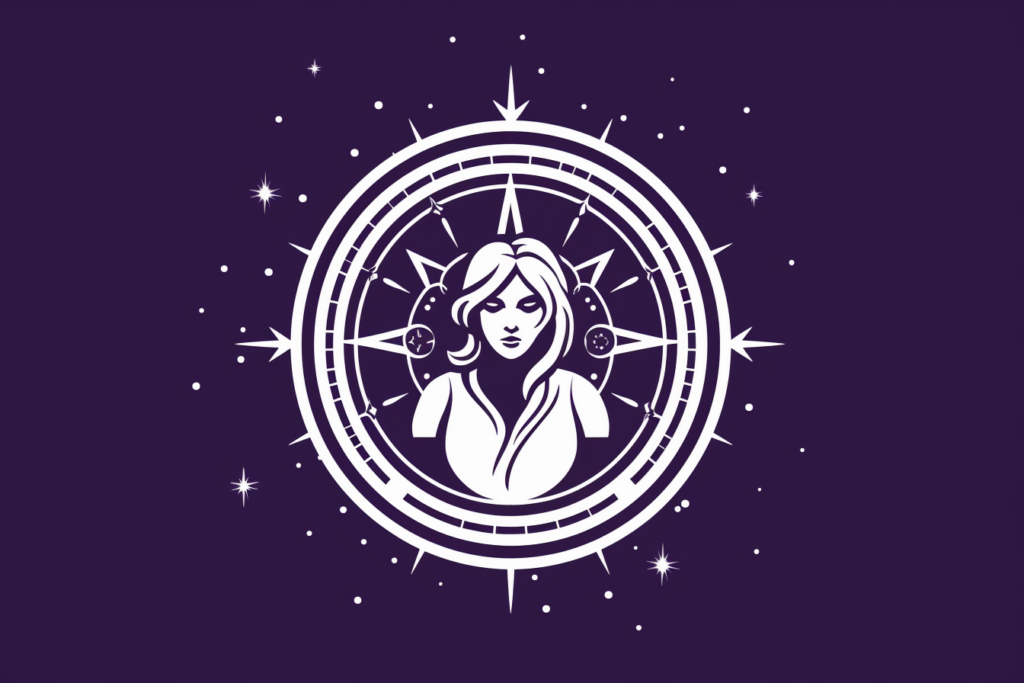Vedic Astrology
Vedic astrology is the ancient astrology of India, also known in Sanskrit as Jyotiṣh. Jyotish means light, and it is the sacred art and science of the lights in the sky, as well as the light within ourselves. Rooted in India’s system of knowledge called the Vedas, Vedic Astrology can be traced back as early as 5,000 BC. It is based on the belief that the stars and planets have a powerful influence on our lives and contain rich spiritual traditions and myths of Indian culture.
According to Vedic Astrology, there are 27 constellations made up of 12 zodiac signs, 12 houses, and 9 planets, with each house and planet representing some aspect of human life. Depending on when a person is born, the signs and planets are placed in various houses. This visual representation of the snapshot of the signs and planets is called a horoscope.
Vedic Astrology was initially used to identify dates for rituals and over time, became a tool to understand our own destiny. It provides guidance when we feel lost or confused on life’s journey. Astrology is essentially about light, because, as the old saying goes, “when there is no light, there is no life.” And when there is light, it helps see through our soul.
What is the Difference Between Vedic Astrology and Western Astrology?
The primary difference between Vedic Astrology and Western Astrology is the use of different zodiac systems. Western astrology (aka as Sun Sign Astrology) uses the tropical zodiac, based upon the seasons and the orientation between the sun and earth. In the tropical zodiac, the Spring Equinox always coincides with the sign of Aries.
Vedic Astrology uses the sidereal zodiac, based upon the positions of the constellations in the sky. As the Earth spins on its axis, it experiences a bit of a tilt known as precession. As a result, the stars and constellations do not remain in a fixed position and move approximately one degree every 70 something years.
While Western Astrology does not take this shift into account, Vedic Astrology corrects it within the birth chart using a system called ayanamas. For this very reason, your sun sign in Western Astrology may be different from what it is in Vedic Astrology. In addition, Western Astrology emphasizes looking at yourself from the sun sign, and Vedic Astrology examines your core from your rising sign (aka ascendant) and moon sign, as the moon governs our mind and consciousness.
Come learn how these celestial influences shape your destiny!
Natal Chart Reading
Your personal playbook on understanding your personality, psychology and life journey

